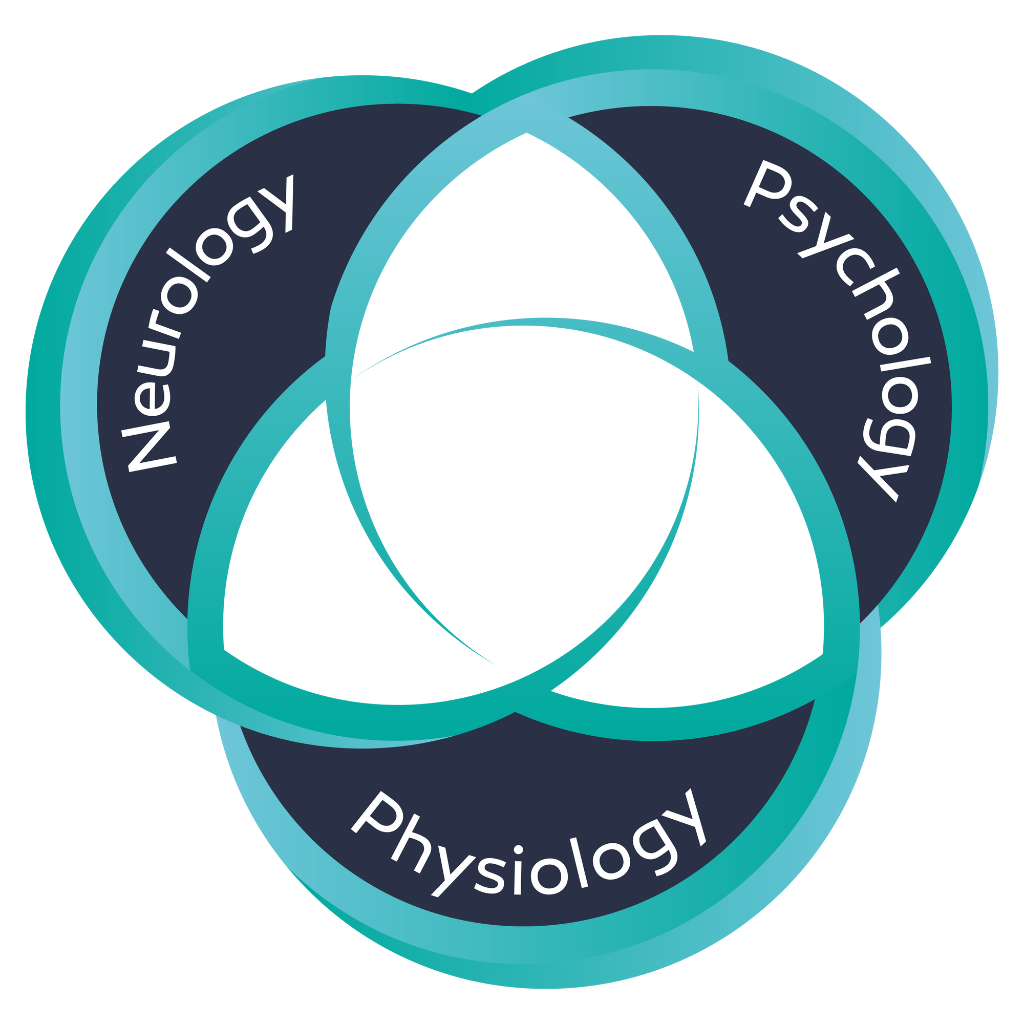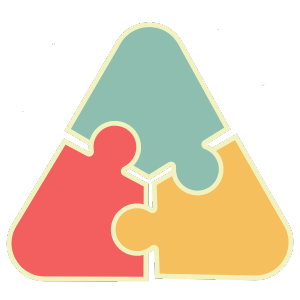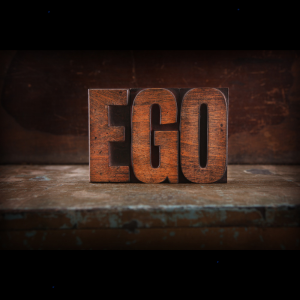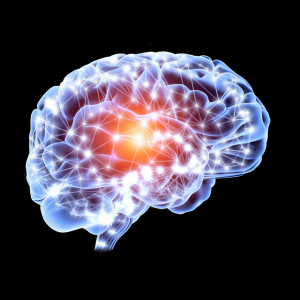Now that we’ve explored the Neural Net, the Path of Awareness, and the Ego, you can see how these three elements shape your experience of life—whether it’s chronic pain, stress, or emotional struggles. But understanding these concepts is just the beginning. To create lasting change, you need a structured approach to apply them in your daily life.
This is where the Trinity Healing Method comes in.
The Trinity Healing Method is a practical, science-backed framework designed to help you rewire your brain, regulate your nervous system, and heal from chronic pain. It focuses on three key elements:
- Neurology – Rewiring the brain and calming the nervous system
- Psychology – Shifting thought patterns and emotional responses
- Physiology – Supporting the body’s natural healing processes
By integrating these three elements, you create the ideal conditions for healing—allowing your nervous system to settle, pain signals to diminish, and a sense of control to return to your life.
Neurology: Rewiring the Brain for Healing
Your brain is constantly adapting and learning—this is called neuroplasticity. The more your brain repeats a pattern, the stronger it becomes. If you’ve been in chronic pain for a long time, your brain has reinforced pain pathways, making pain feel automatic and persistent.
The Trinity Healing Method helps you break these pain loops by introducing new neural patterns that shift your brain from a state of hypervigilance to one of calm and safety. This is done through:
- Awareness practices that help you notice and interrupt pain-based patterns
- Regulation techniques that guide your nervous system out of a stress response
- Consistent repetition to reinforce new, healthier neural pathways
Over time, these new patterns weaken the old pain loops and strengthen the pathways for comfort and ease.
Psychology: Shifting Thought Patterns and Emotional Responses
Your thoughts and emotions play a crucial role in how you experience pain. When you feel anxious, hopeless, or trapped in a cycle of worry, your nervous system stays in a heightened state—making pain worse.
The Trinity Healing Method teaches you how to recognize and shift unhelpful thought patterns, reducing the emotional distress that fuels chronic pain. Some of the key psychological tools include:
- Observing the Ego – Instead of fighting negative thoughts, you learn to see them as signposts for growth
- Reframing Stress Responses – Changing how you interpret and respond to challenges
- Cultivating Self-Compassion – Creating a mental environment that supports healing
By shifting these patterns, your nervous system moves from fear and reactivity to safety and resilience.
Physiology: Supporting the Body’s Natural Healing Processes
Chronic pain isn’t just in the brain—it’s deeply connected to the body. When your nervous system is overstimulated, muscles tense up, inflammation increases, and healing slows down. That’s why addressing the physiological aspect of healing is essential.
The Trinity Healing Method helps you engage your body in the healing process through:
- Gentle movement – Encouraging mobility without triggering pain
- Breathing techniques – Activating the parasympathetic nervous system for relaxation
- Optimizing sleep and recovery – Giving your body the rest it needs to repair
When you support your body in these ways, you reinforce safety signals to the nervous system, making it easier to heal.
Putting It All Together
Healing is not about “fixing” yourself—it’s about creating the conditions where your body and mind can return to balance. The Trinity Healing Method provides a structured yet flexible way to do this by addressing:
- The brain (Neurology) – Rewiring pain pathways
- The mind (Psychology) – Changing thought patterns and emotional responses
- The body (Physiology) – Supporting nervous system regulation and physical healing
When all three of these elements work together, deep, lasting transformation becomes possible.
Your Next Steps
If this approach resonates with you, there are two free resources to help you get started:
Healing is a journey, but you don’t have to do it alone. Take the first step today and start creating a future free from chronic pain.





